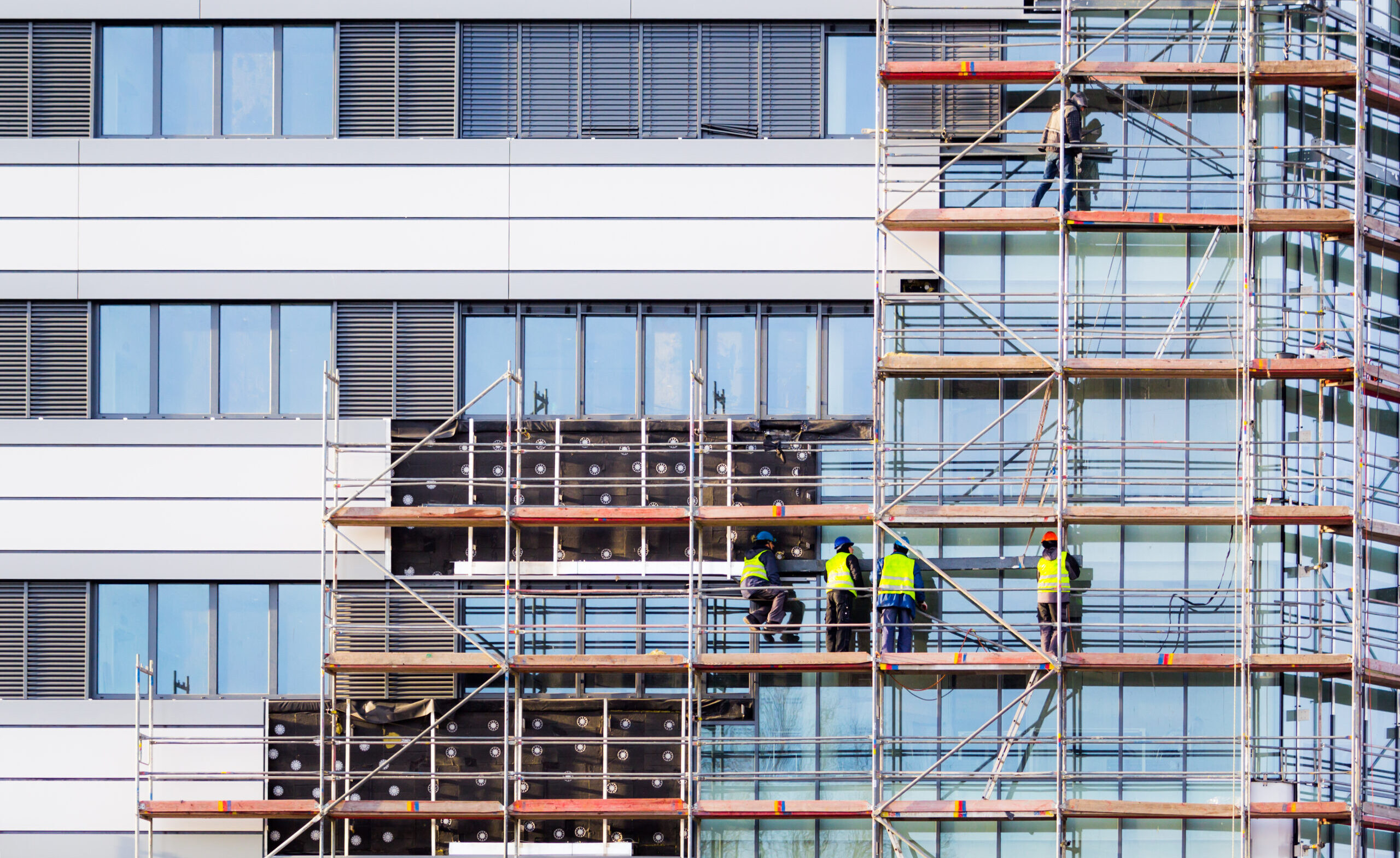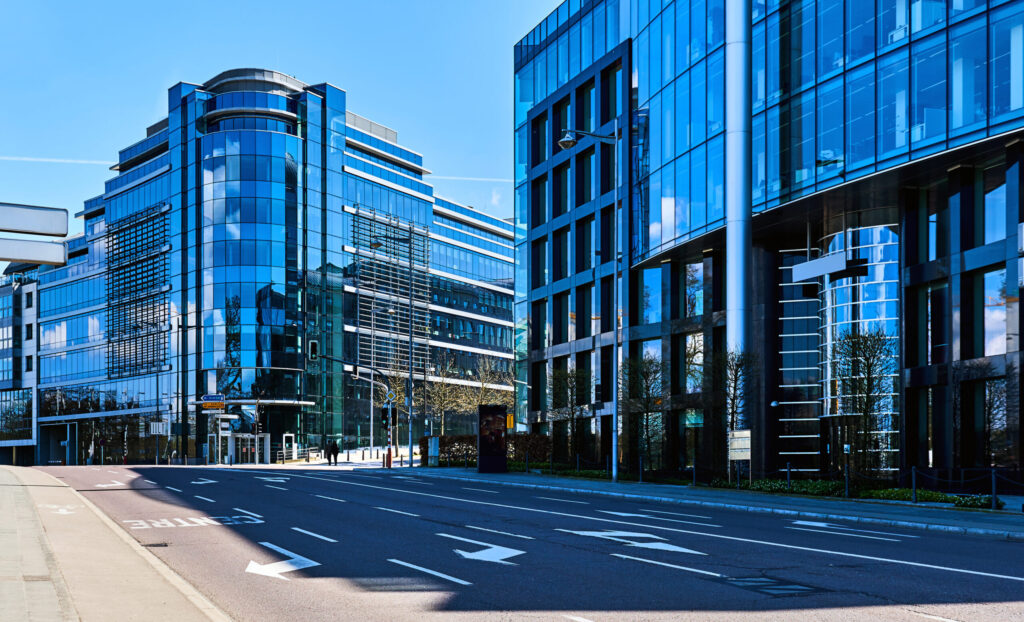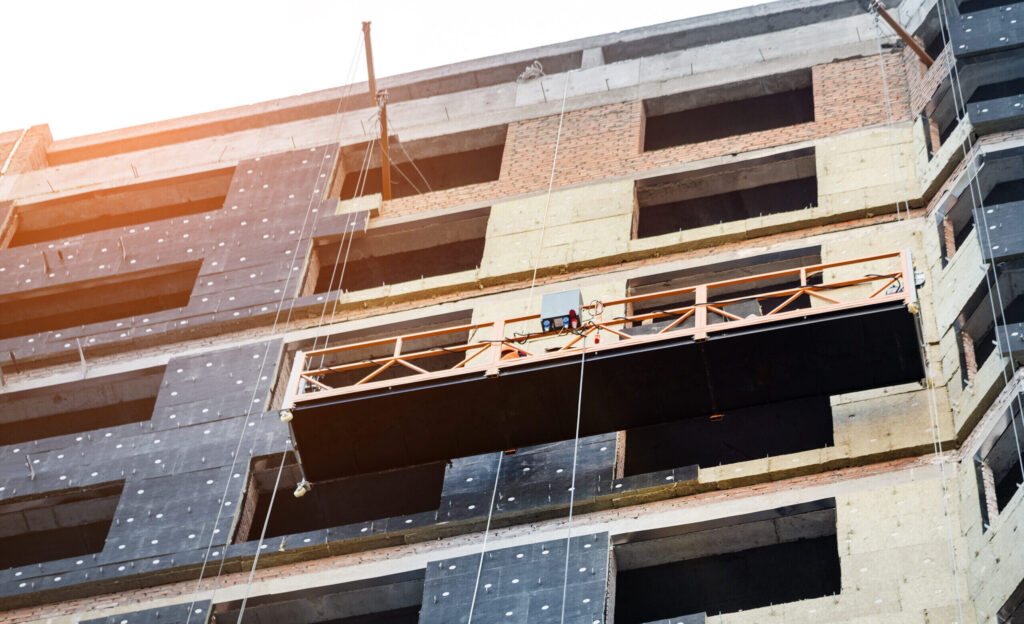The strategic integration of thermal facade insulation alongside reflective glass windows emerges as a cornerstone approach in accomplishing dual pivotal goals: enhancing energy efficiency and optimizing indoor environmental quality. Thermal insulation serves as a critical component in the energy conservation toolkit, significantly contributing to the maintenance of stable indoor temperatures across seasons—keeping commercial spaces warm during the chill of winter and pleasantly cool throughout the summer heat. When expertly installed, thermal insulation acts as a barrier against unnecessary utility expenditures by reducing overall energy consumption, thus yielding considerable cost savings.
Thermal Facade and Reflective Glass Installations
The adoption of reflective glass windows plays a vital role in maximizing natural light penetration into workspaces, effectively mitigating the harsh glare and heat associated with direct sunlight. This balance is further perfected through the application of solar-controlling Low-E (low emissivity) coatings. These innovative coatings, consisting of a nearly invisible metallic oxide layer applied to clear glass, are engineered to reflect inbound radiant heat while preventing ultraviolet light from entering, all without compromising the passage of visible light. The thin Low-E coating serves as an invisible shield, offering a smart solution to keep heating, ventilation, and air conditioning (HVAC) costs in check, by maintaining interior comfort and protecting occupants from UV exposure. Together, thermal facade insulation and reflective Low-E glass windows represent a synergistic blend of technologies that advance energy efficiency and enhance commercial buildings’ living and working environments, marking a significant step forward in sustainable building design. CastleGreen’s C-PACE financing can help pay for the added cost of these installations and allow the property owner to reap the benefits for decades to follow.



